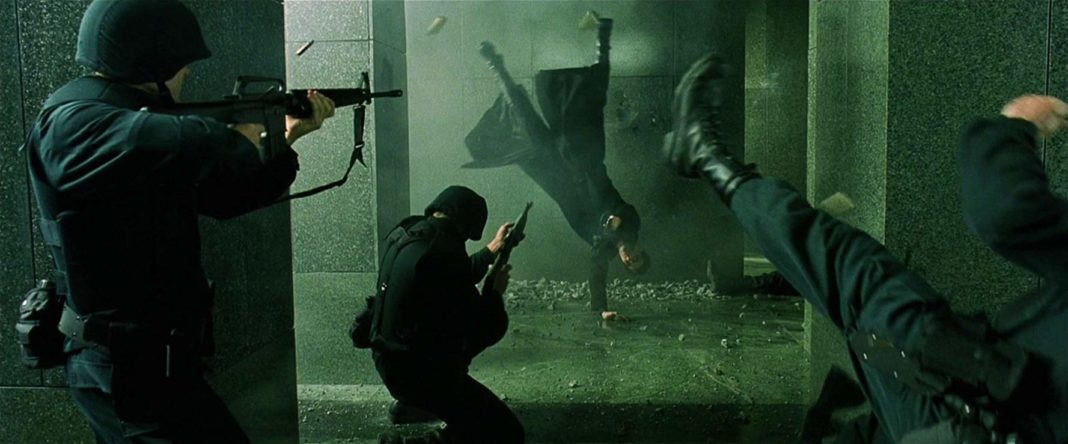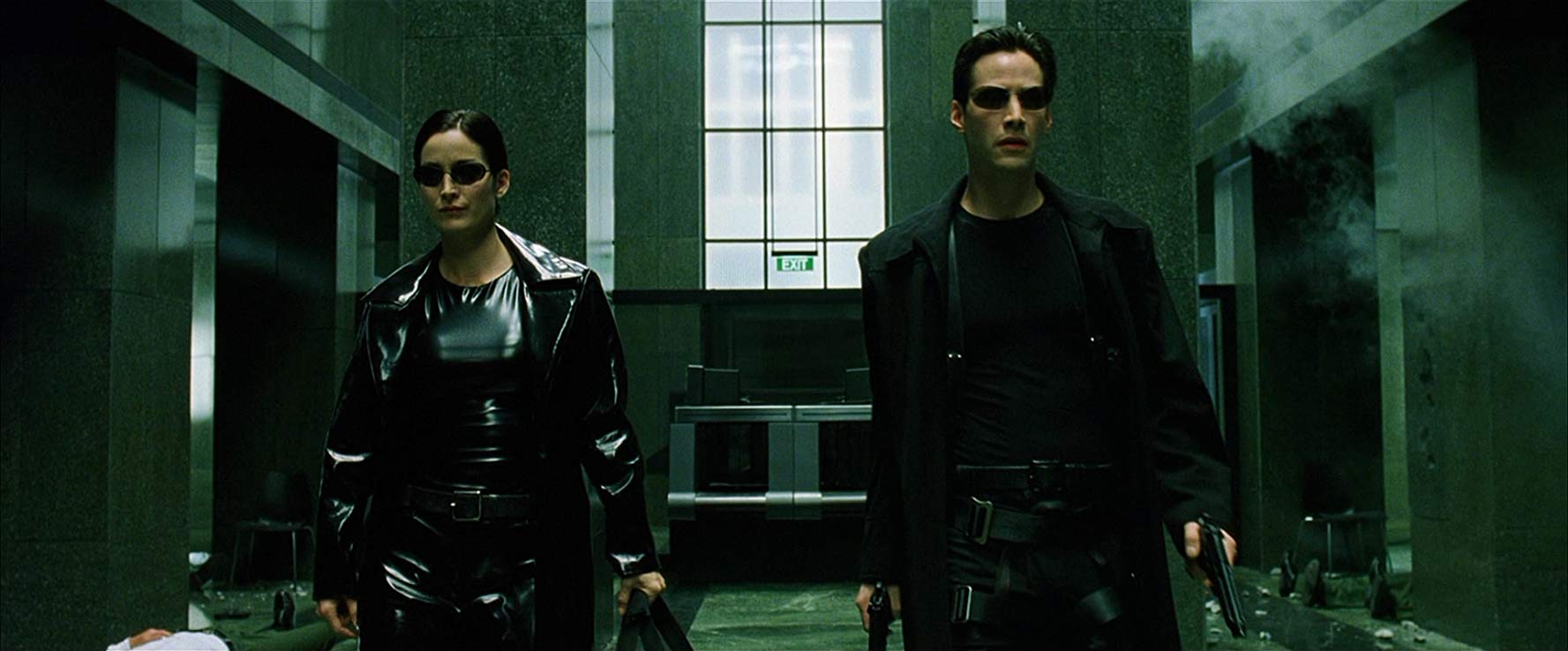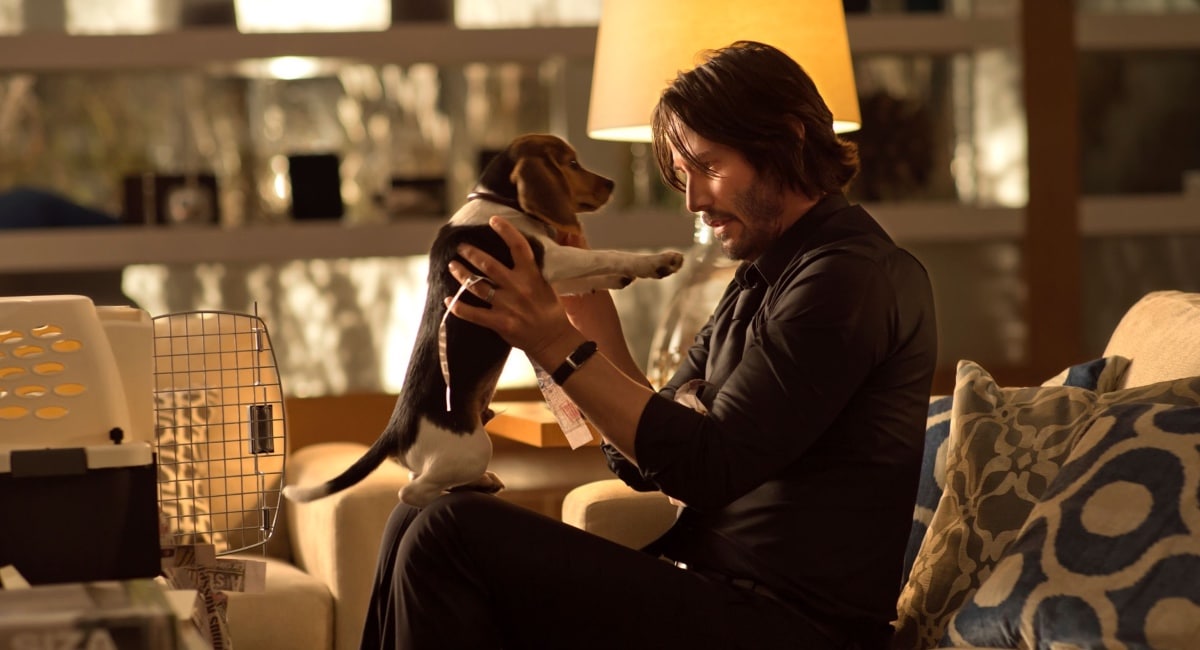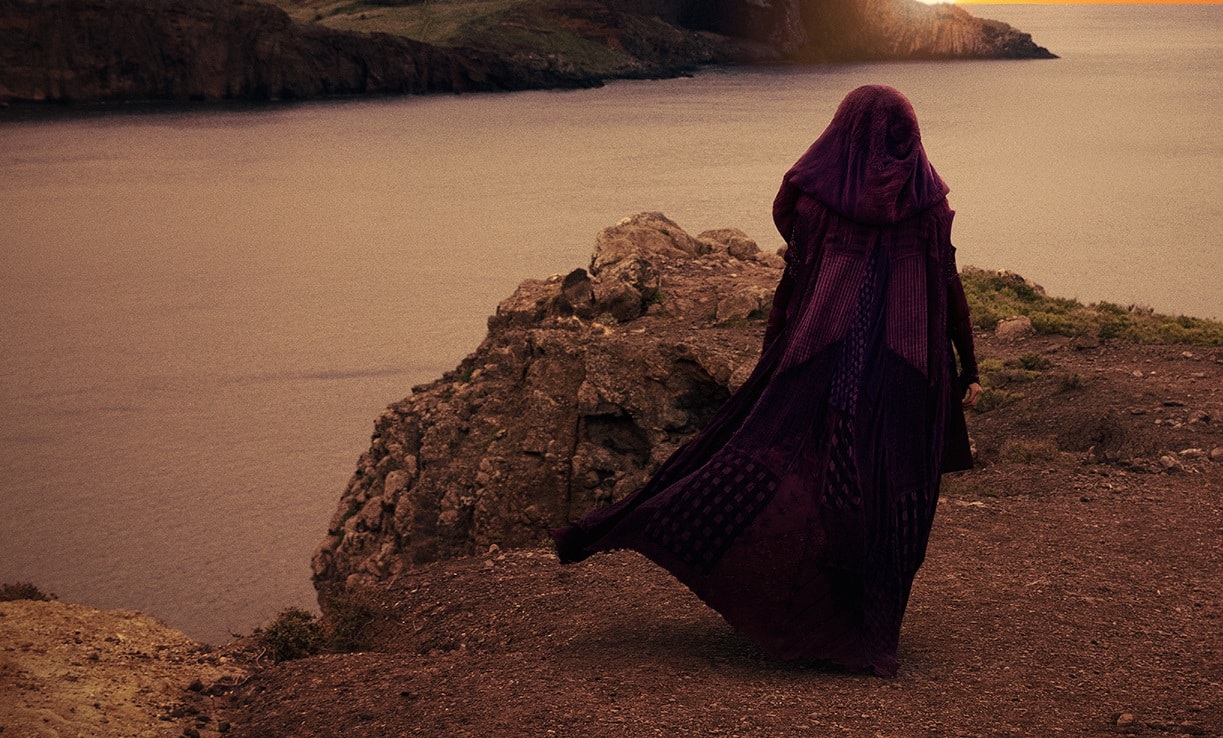In March 1999, the United States had a budget surplus, mass shootings were considered shocking and our biggest worry was whether Rachel and Ross would ever really get together.
The Matrix, directed by The Wachowskis and starring Keanu Reeves, Carrie-Anne Moss, Lawrence Fishburne and Hugo Weaving, opened on March 31, 1999 and immediately synergized (a distinctly 90s word) all the cool things that film nerds loved from the movies they picked up at the video store: Hong Kong action movies, both the stylistic Kung Fu ones and the hyper violent John Woo ones, dystopian SF as seen from Blade Runner to Terminator to Dark City, and a tasteful use of CGI that gave us things we’d never even imagined seeing before.
The Matrix opened up possibilities for film that seemed endless, but it was also just utterly kick ass action, with just enough intelligence in the script to allow you to feel that you weren’t a lowbrow for liking it.
Now, 20 years later, The Matrix is back in theaters for a one week run. Not just any theaters but Dolby Theaters which have insane contrast on the screen and super duper Dolby Atmos surround sound. It’s the ultimate way to see a movie and in this digital projection perfection The Matrix looks so beautiful that several times at the screening I literally caught my breath.
Like most of you I haven’t watched this movie in a decade or so. Unlike most of you, I’m an unabashed fan of the two sequels, Matrix Reloaded and Matrix Revolutions. I’ve watched the whole trilogy through many times, and the whole film is pretty much burned into my brain.
Over the last 20 years,the movie didn’t change – Keanu was still awkward and beautiful, Moss was still tense and beautiful, and the action scenes were as thrilling and truly iconic as anything that has come before or since.
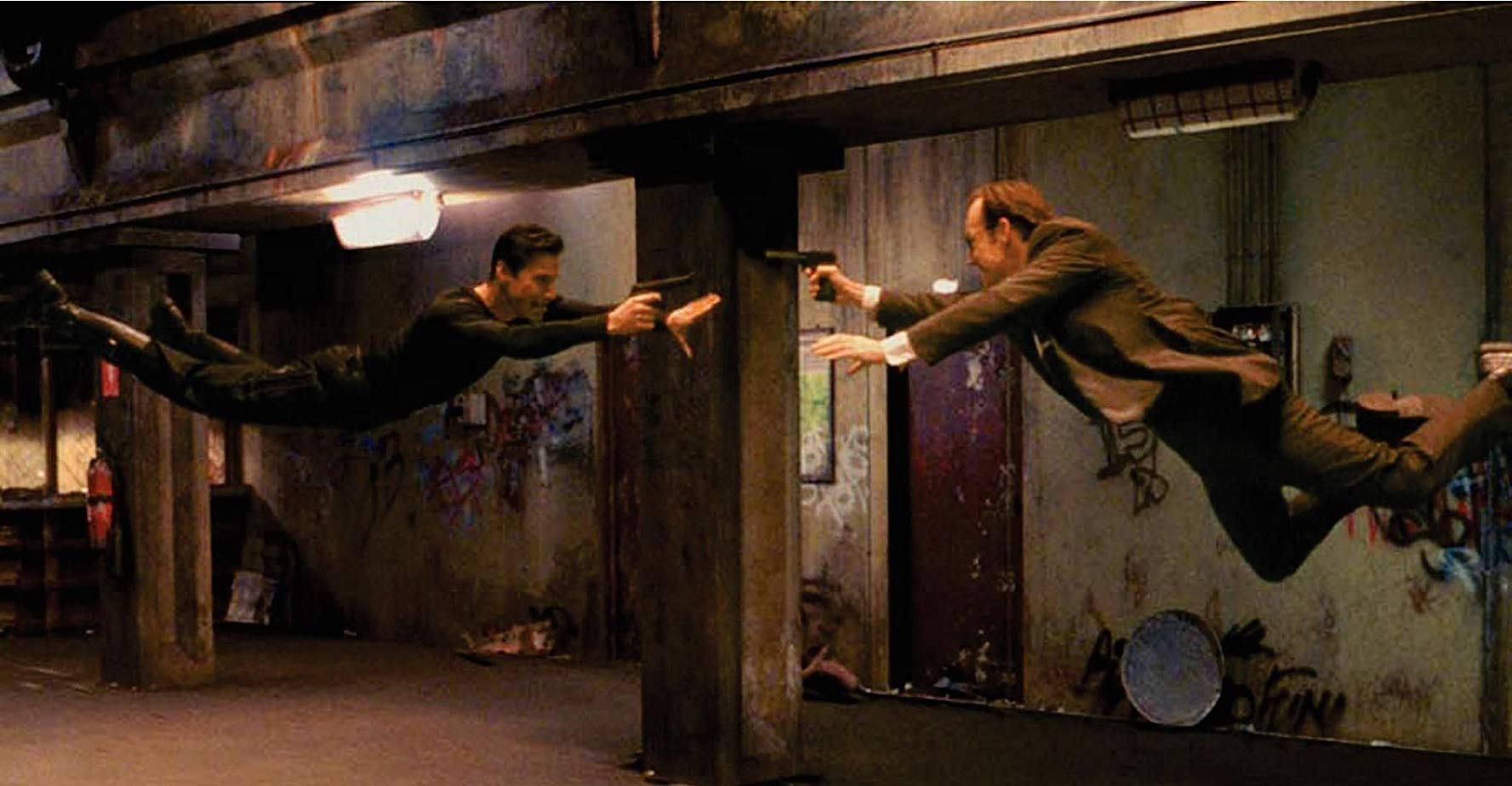
It was hard watching this film – so far ahead of its time and yet stunningly of its time with its racially and gender integrated cast and ultimately optimistic message about the future of humans – knowing that in a few years we’d go through Bush/Gore, 9/11, Abu Ghraib, Homeland Security, Iran, Afghanistan, The Great Recession, social media, and now the burning Hellscape of buffoonish malevolence that we call 2019.
When Agent Smith (Weaving) is torturing Morpheus (Fishburne), he tells him the history of the Matrix – which is a computer generated reality designed by the ruling AIs to render docile humans who are being enslaved and drained of their electricity. The first Matrix designed by the AI was a perfect utopia, but humans wouldn’t accept it. “Which is why the Matrix was redesigned to this, the peak of your civilization,” Smith/Weaving intones.
Although the line has come in for some mocking over the years, looking back and listening back at the big beat techno and Rage Against the Machine end credits, maybe 1999 was the peak. (It was the shittest time for comics, ironically, but I’ve noticed that comics tend to go against whatever the prevailing boom or bust cycle is.) But everything else was ripping along. The first “Dotcom” boom was silly but mostly harmless – Google, Amazon and even Apple were just tech companies and not the actual real world manifestation of the AIs that have tapped into us to drain our energy and money at a constant flow.
It’s hardly an original thought to note that in 20 years, The Matrix’s hellish dystopia of a world run by machines has come true in a way we didn’t quite suspect. The 90s were all about “cyber.” a trendy word for glitchy vinyl-y things, and the first digital this or that was always being announced with the ”aw ain’t that cute” air that usually greets a toddler picking up a crayon and pretending its lipstick. No one in the old media took it seriously or ever imagined that it would kill them so dead.
Hiro Protagonist in his Metaverse or Case in his “Matrix” (yes) generally gave the idea that the eventual virtual world would be a cool way to escape from our hum drum drabness in reality. But The Matrix had the message that living and feeling in the real world is better than any simulation – although Cypher (Joe Pantoliano) disagreed and the Wachowskis themselves have said they would have taken the blue pill. But the message of the entire trilogy is that the real world is worth fighting for, even if it means eating a lot of gross gruel.
All of that was going through the back of my head when I attended a screening of this newly crisp version last week, but I was also caught up in how well the VFX and action hold up. Only a handful of films have been imitated as much as The Matrix, and nearly every shot has been parodied, ripped off and referenced so many times, it’s now nearly impossible to see it with fresh eyes. The sickly green cast of the film has become a timeless visual metaphor. But the reason it was ripped off is because it works. The slow motion fall of bullet casings, Trinity crashing into a glass building, that original bullet time sequence – made via still photography then but endlessly digitally copied now – are still fantastically effective storytelling.
The one thing that is still a little dubious is the almost liturgical line readings – reportedly the Wachowskis told the cast to underplay everything in a low key way, maybe so the movie wouldn’t be too campy. It’s hardly naturalistic, but it’s just the way the Matrix works.
Looking back, and ahead, the Matrix Trilogy is really the SF film that we say we want now. The original had a racially mixed cast, and if they couldn’t go as far with Switch as they wanted to – originally the character was going to be one gender in reality and another in the Matrix – Switch is still clearly coded as the 90s version of gender fluid. No SF trilogies have ever had a cast that was so diverse. The two sequels took us to a Zion that was probably the brownest future that a major studio film has ever presented. And no one has ever dared to go there again.
And of course, the trilogy was directed by two trans women, making the use of the term “red pill” by the worst factions of misogynist, transphobic MRAs superbly ironic. When The Matrix opened, there was moaning among fan boys about the “love saves the day” ending, many citing it as the films “one big problem” – but it was another bold, human touch by the Wachowskis, and probably a sign that we should have paid more attention to at the time.
You should go see The Matrix in Dolby cinema, because you will be reminded what a groundbreaking, beautiful movie it is. But believe me, you’ll come for the action, but you’ll stay for the pleasantly nostalgic journey into a world where the machines hadn’t yet won.


